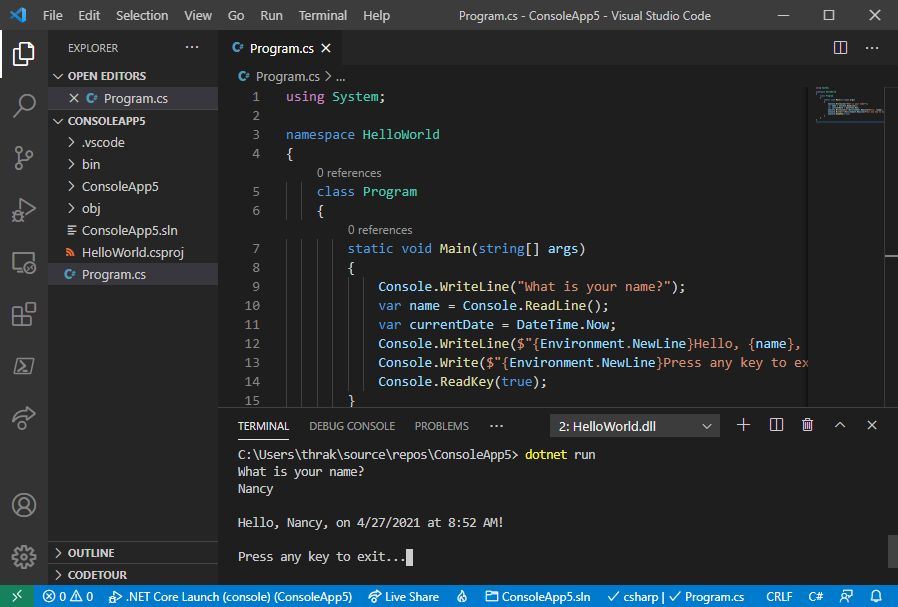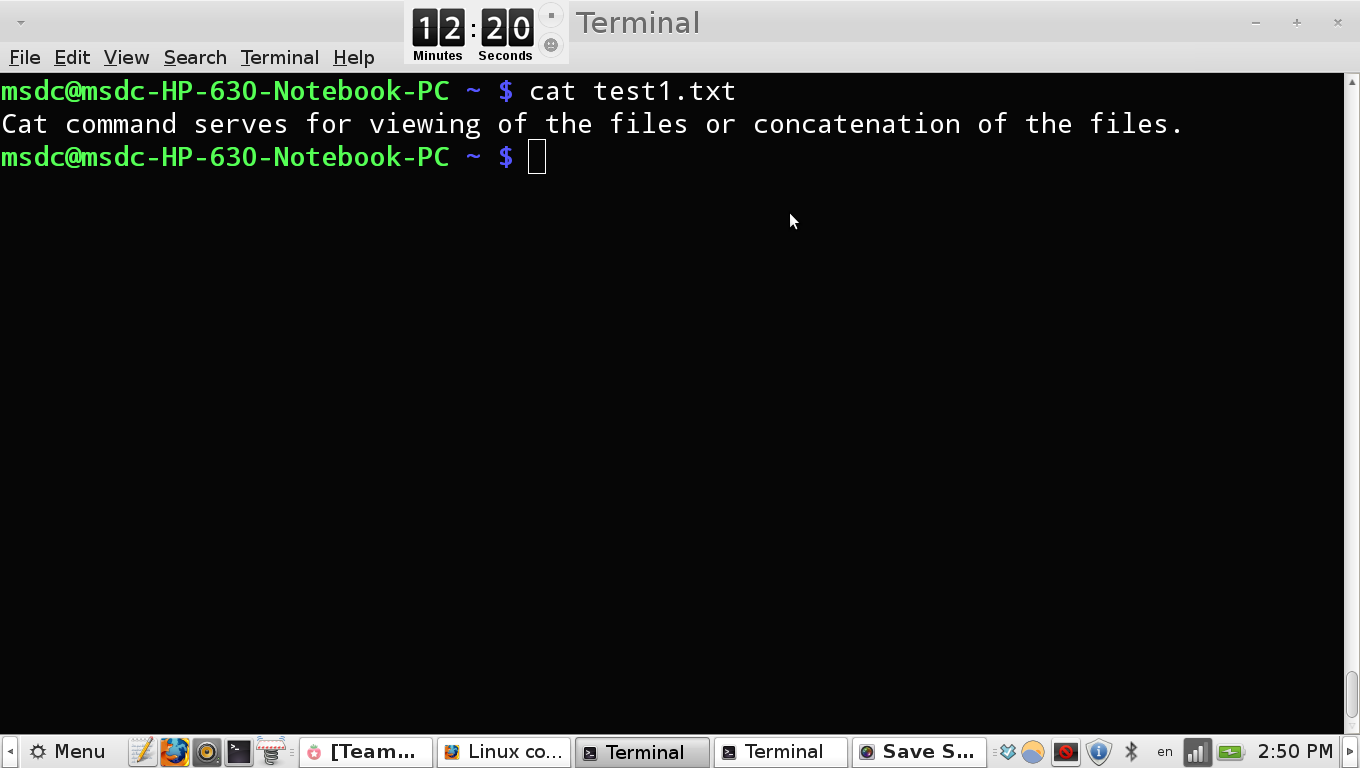

In this tutorial we learned about openssl commands which can be used to view the content of different kinds of certificates. You can use the same command to view SAN (Subject Alternative Name) certificate as well. Sample output from my server (output is trimmed): OpenSSL - Certificate content To view the content of similar certificate we can use following syntax: ~]# openssl x509 -noout -text -in What it does: When browsing a directory, you may encounter a file that you wish to open on your Mac. By default, the output of the cat command will not be numbered. Make sure you check the top two checkboxes that say Always open in list view and Browse in list view. The settings are four icons and the top of your Finder window. To do so, open Finder and click on the view setting that you want to use. The passwd file contains user-related details on a Linux machine. First, we want to set the default view options for all new Finder windows.

In the command above, the cat command displays the. To view the contents of a file using cat, simply type the command name followed by the file you want to view. You can use the command for concatenating and printing standard file output. cat /etc/passwd In the command above, the cat command displays the contents of the passwd file. The cat utility is one of the most used commands for viewing file content in Linux. Here server.crt is our final signed certificate ~]# openssl x509 -req -days 365 -in client.csr -CA ca.cert.pem -CAkey ca.key -CAcreateserial -out server.crt To view the contents of a file using cat, simply type the command name followed by the file you want to view. We can create a server or client certificate using following command using the key, CSR and CA certificate which we have created in this tutorial. Sample output from my terminal (output is trimmed): OpenSSL - CA Certificate content

To view the content of CA certificate we will use following syntax: ~]# openssl x509 -noout -text -in key : Used to search the a given pattern much like in the vi/vim editor. b key : Used to scroll the display backwards one screenful at a time. Enter key : Used to scroll the display one line. Will show the following : Space key : Used to scroll the display. We can use our existing key to generate CA certificate, here ca.cert.pem is the CA certificate file: ~]# openssl req -new -x509 -days 365 -key ca.key -out ca.cert.pem Linux command to display contents of a file.


 0 kommentar(er)
0 kommentar(er)
